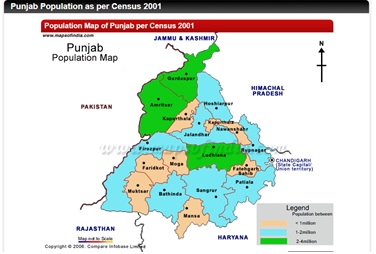Panchayat and RTI Elections in Punjab
DOI:
https://doi.org/10.54741/ssjar.3.5.6Keywords:
rti, panchyat, parliament, substances, trends, constitutive processAbstract
An important component of India's just system is panchayati raj. It illustrates the RTI's dynamic involvement at the panchyat level throughout the country. The appointment process of the national and state-level delegate bodies is smaller than normal for panchayat elections. The voter takes an interest in the deliberation process and exhibits a sense of inclusion during the selection processes for the state assemblies and the parliament. In this way, the analysis of the Panchayati Raj Foundation's constitutive process is equally indicative of the attitudes and mindsets of the people as it is of the higher-level authoritative entities. Voters participated with a sense of association in the vote-based elections for panchayats. Their level of support and voting habits may reveal emerging trends in public political speculation and attitudes toward emerging substances.
Downloads
References
http://punjabgovt.nic.in/TENDERS/News2006.
Ministry of Rural Development, Department of Rural Development, Government of India.
Mishra S.N., Lokesh Kumar. (1996). New Panchayati Raj in Action, Mittal Publications.
Narang A.S. (1985). Indian Government and Politics, Gitanjali Publishing House.
https://www.mapsofindia.com/census2001/population/population-punjab.html.
Punjab Government website: http://punjabgovt.nic.in/Government/Government1.HTM as on 30 May 2006.
Reports in the working of Panchayats in Punjab, 1 (1925- 26)
Report Issued by Punjab Rural Development And Panchayat Department. Mohali (2008)
The Punjab Panchayati Raj Act, 1994.
The Right to Information Act, 2005.
www.censusindia.gov.in, census Data, 2001.

Downloads
Published
How to Cite
Issue
Section
ARK
License
Copyright (c) 2023 Anuj Verma

This work is licensed under a Creative Commons Attribution 4.0 International License.
Research Articles in 'Social Science Journal for Advanced Research' are Open Access articles published under the Creative Commons CC BY License Creative Commons Attribution 4.0 International License http://creativecommons.org/licenses/by/4.0/. This license allows you to share – copy and redistribute the material in any medium or format. Adapt – remix, transform, and build upon the material for any purpose, even commercially.










